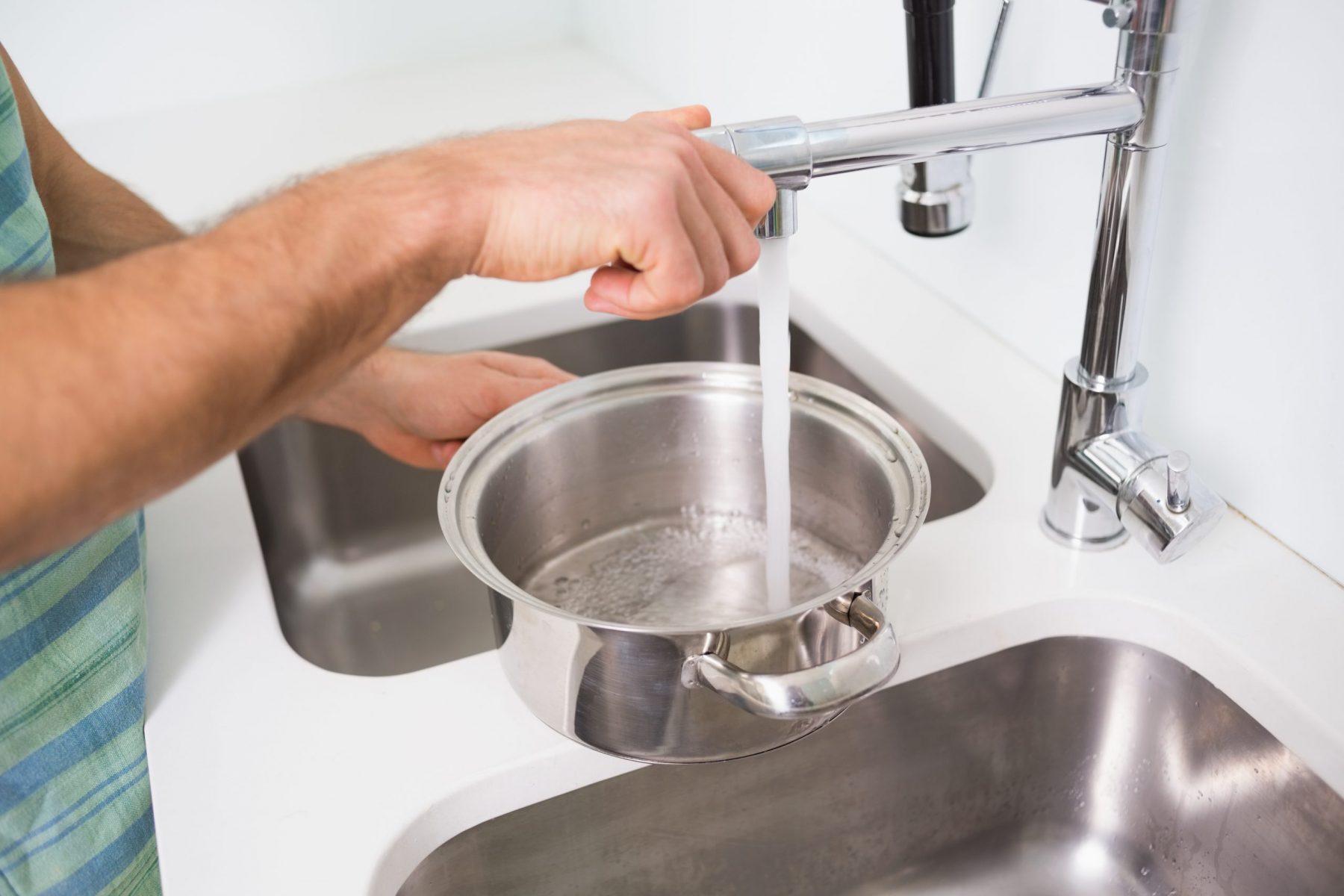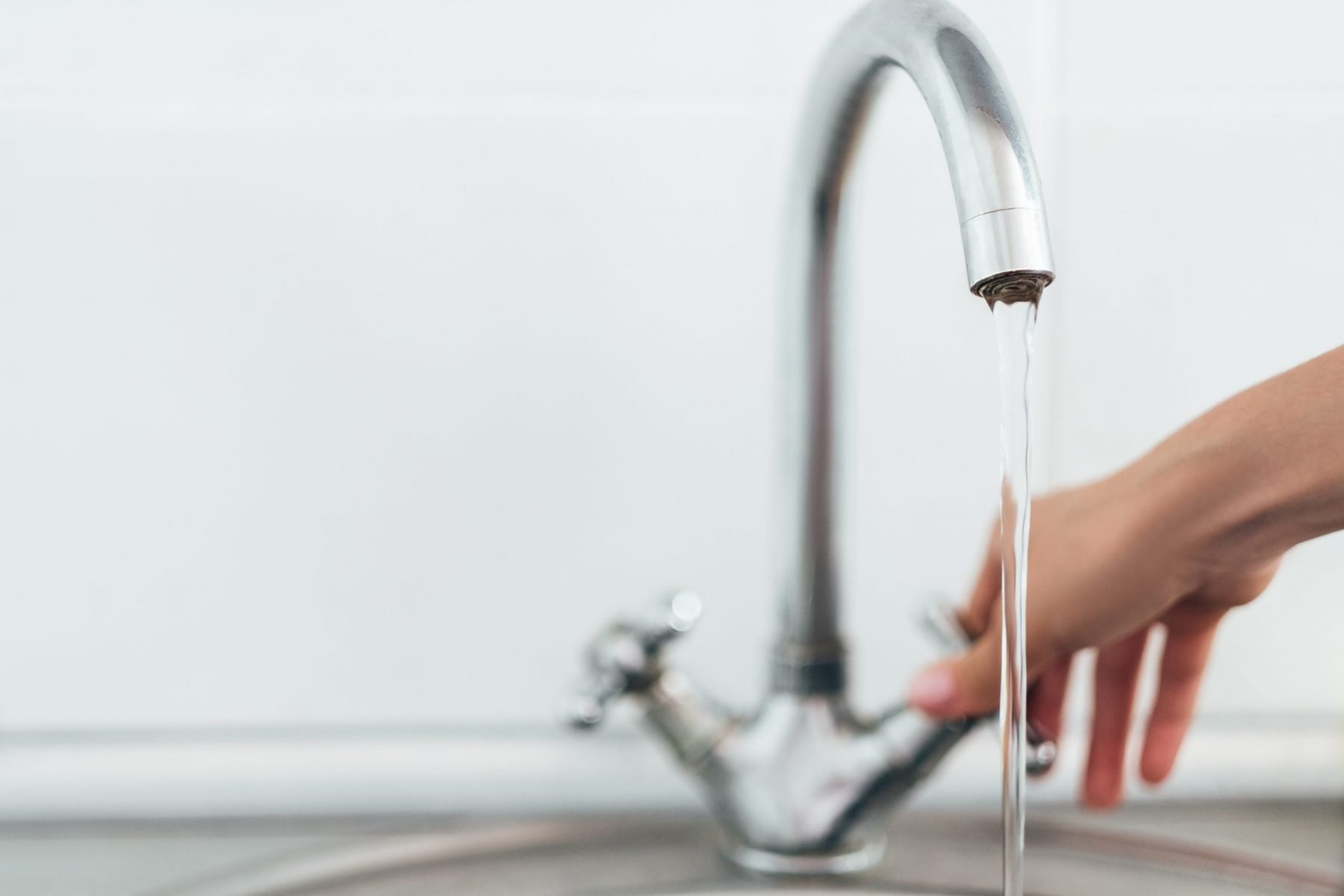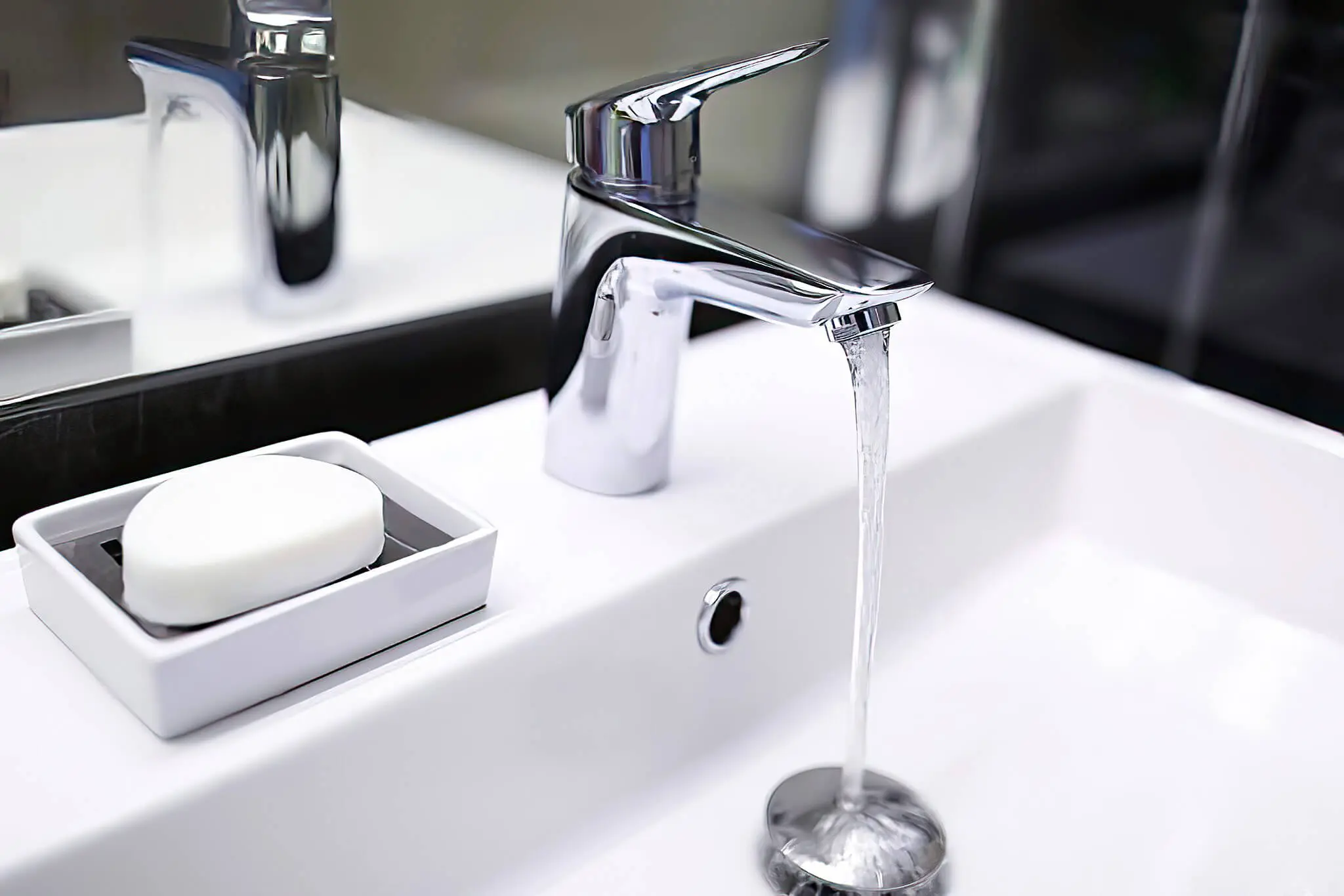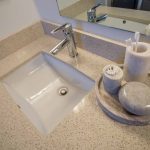Introduction
Low water pressure in the kitchen sink can be a frustrating issue that hampers daily tasks such as washing dishes or filling pots. There are several potential causes for sudden low water pressure, ranging from simple issues to more complex plumbing problems. In this article, we will explore common troubleshooting steps to identify and resolve the underlying causes of low water pressure in the kitchen sink.
Identifying the Problem: Isolation
Before diving into specific troubleshooting steps, it is important to determine whether the low water pressure issue is isolated to the kitchen sink or if it affects other areas of the house as well. This initial step will help narrow down the possible causes and guide subsequent troubleshooting efforts.

Checking the Aerator: Potential Blockages
The aerator, located at the tip of the faucet, is a common culprit for low water pressure issues. Over time, mineral deposits and debris can accumulate inside the aerator, obstructing the flow of water. To check if this is the cause, unscrew the aerator from the faucet and inspect it for any visible blockages. If necessary, clean the aerator thoroughly by soaking it in vinegar or using a small brush to remove any build-up.
Examining Supply Valves: Partially Closed or Faulty
Another common cause of low water pressure in the kitchen sink is partially closed or faulty supply valves. These valves, usually located under the sink, control the flow of water to the faucet. Check if the supply valves are fully open and not partially closed. If they appear to be open, but the water pressure is still low, it is possible that the valves are faulty and need to be replaced.
Inspecting Pipes: Leaks or Clogs
Leaking or clogged pipes can significantly impact water pressure in the kitchen sink. Inspect the visible pipes under the sink for any signs of leaks, such as dripping water or dampness. If a leak is detected, it is advisable to seek professional plumbing assistance to repair or replace the affected pipes. Additionally, clogs in the pipes can impede water flow. If there are no visible leaks, consider using a plumbing snake or drain cleaner to clear any potential clogs.

Addressing Water Heater Issues: Sediment Build-Up
If the low water pressure issue is isolated to the hot water side of the kitchen sink, the water heater might be the culprit. Over time, sediment can accumulate at the bottom of the water heater tank, reducing the overall flow of hot water. To address this, turn off the power supply to the water heater and carefully drain some water from the tank to flush out any built-up sediment. Consult the water heater’s manual for specific instructions on how to safely perform this task.
Considering Water Pressure Regulator: Adjustments or Replacement
A malfunctioning water pressure regulator can also cause low water pressure in the kitchen sink. This device regulates the incoming water pressure from the main supply line. Locate the water pressure regulator, typically found near the main water shut-off valve, and check if any adjustments can be made to increase the pressure. If adjustments do not resolve the issue, it might be necessary to replace the water pressure regulator entirely.
Consulting a Professional Plumber: Complex Issues
If all the above troubleshooting steps fail to resolve the low water pressure issue in the kitchen sink, it is recommended to consult a professional plumber. They have the expertise and specialized tools to diagnose and address more complex plumbing problems that may be causing the decreased water pressure. A plumber can identify hidden leaks, assess the overall plumbing system, and provide the necessary repairs or recommendations for resolving the issue.

Exploring Alternative Solutions: Temporary Fixes
In some cases, homeowners may encounter sudden low water pressure in their kitchen sink due to temporary issues that can be easily remedied. For example, if the low water pressure is only occurring during peak usage times, such as in the morning or evening, it could be attributed to high demand on the municipal water supply. In such instances, adjusting the timing of activities that require significant water usage, such as running the dishwasher or doing laundry, may alleviate the problem temporarily.
Considering Water Quality: Filtration Systems
Water quality can also play a role in the perceived water pressure in the kitchen sink. Hard water, which contains high levels of minerals such as calcium and magnesium, can lead to mineral deposits in pipes and fixtures over time, resulting in reduced water flow. Installing a water filtration system or water softener can help mitigate the effects of hard water and improve water pressure. Additionally, regularly cleaning or replacing faucet aerators and showerheads can prevent mineral buildup and maintain optimal water flow.

Exploring Additional Factors: External Influences
In some instances, external factors beyond the homeowner’s control may contribute to sudden low water pressure in the kitchen sink. For example, municipal water supply issues, such as mainline breaks or maintenance work, can temporarily disrupt water flow to residential properties. Similarly, extreme weather conditions, such as freezing temperatures, can cause pipes to freeze and potentially burst, resulting in decreased water pressure. In such cases, homeowners should contact their local water utility or a licensed plumber for assistance in resolving the issue.
Educating Homeowners: Preventative Maintenance
To prevent future occurrences of sudden low water pressure in the kitchen sink, homeowners can take proactive measures to maintain their plumbing system. Regularly inspecting pipes for signs of leaks or corrosion, conducting routine maintenance on water-using appliances, and scheduling professional plumbing inspections can help identify potential issues before they escalate. Additionally, educating household members about water conservation practices, such as fixing leaks promptly and using water-efficient fixtures, can help preserve water pressure and reduce the likelihood of experiencing low water pressure in the future.

Conclusion
Sudden low water pressure in the kitchen sink can disrupt daily activities and indicate underlying plumbing problems. By following the troubleshooting steps outlined in this article, homeowners can identify and potentially resolve the causes of low water pressure themselves. However, for more complex issues or if the problem persists, it is advisable to seek professional assistance to ensure an accurate diagnosis and effective resolution.


